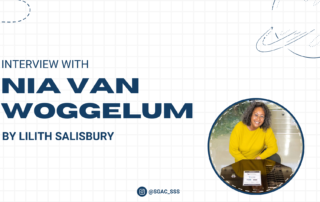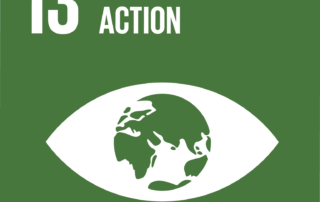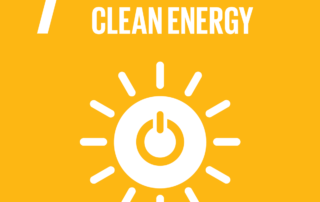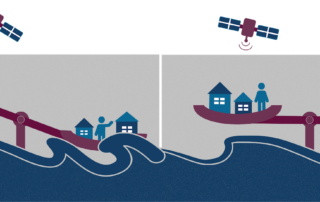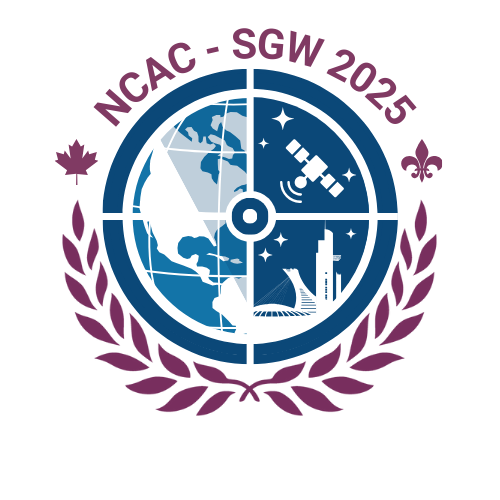Space Tourism: A Closer Look on Safety Sustainability
Looking at a rocket launch, it is difficult not to be amazed by the scene of a huge machine shooting straight up into the sky, creating enormous smoke clouds around it. The astronauts on the rocket have trained for years for this moment and have a hectic few months of important scientific work awaiting them. However, with the rise of space tourism, some things have changed. These new space travelers do not receive much training and go to space mostly for their entertainment. While it is impressive that within a few decades, space flight has become so much more accessible, it also raises the question of whether we are prepared for a large space tourism economy, especially from a safety and sustainability standpoint.


